Goals to reach (updated Nov. 11th, 2018)
— Number-height of 100mm (approx. 4") @ 10mm thickness
See old post here: https://hackaday.io/project/20142/log/54244-obstacle-1-number-height-of-60mm
See new post here: https://hackaday.io/project/20142-rgb-seven-segment-display-rssd/log/155852-new-design-includes-special-ws2813-footprint
— Homogeneously illuminated segments
See old post here: Homogeneously illuminated segments
See new post here: to be continued (will be fancy. Promise!)
— Clean, unobtrusive design and easy to assemble
- one PCB per character
- frame laser-cut wood/steel/whatever you like
- preferably no screw or hidden screws (magnets?)
See [Blog-Entry]
— More features:
- programming and power via USB
- [...]
 Jan
Jan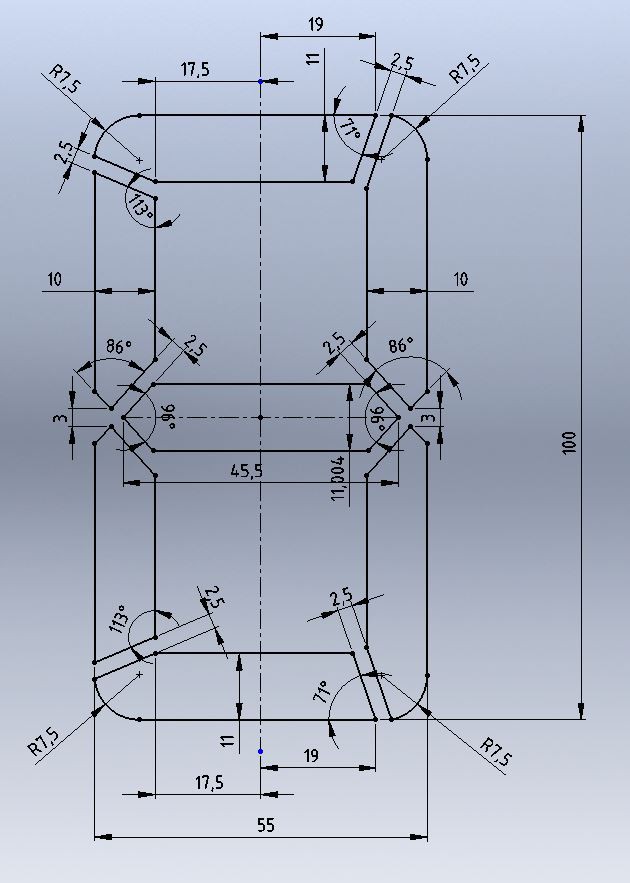
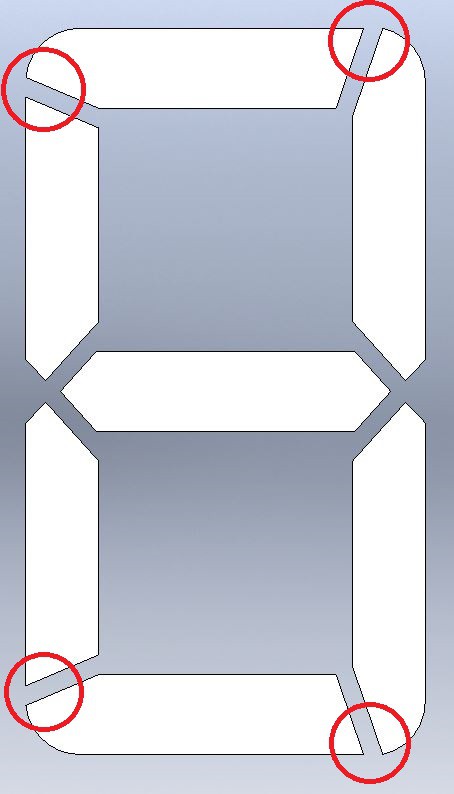
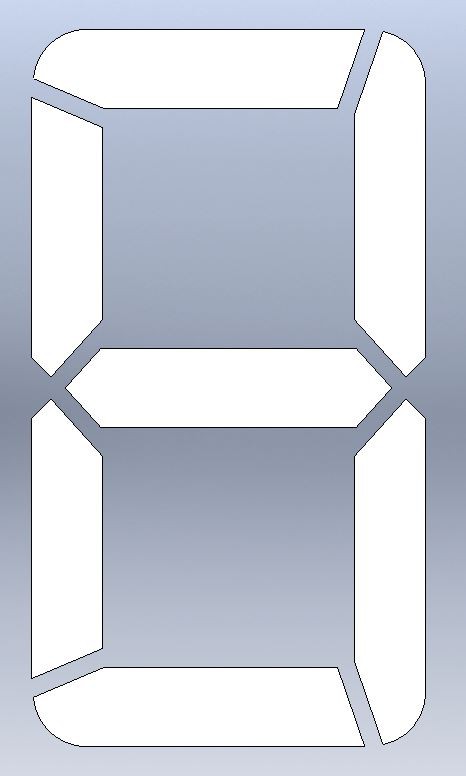



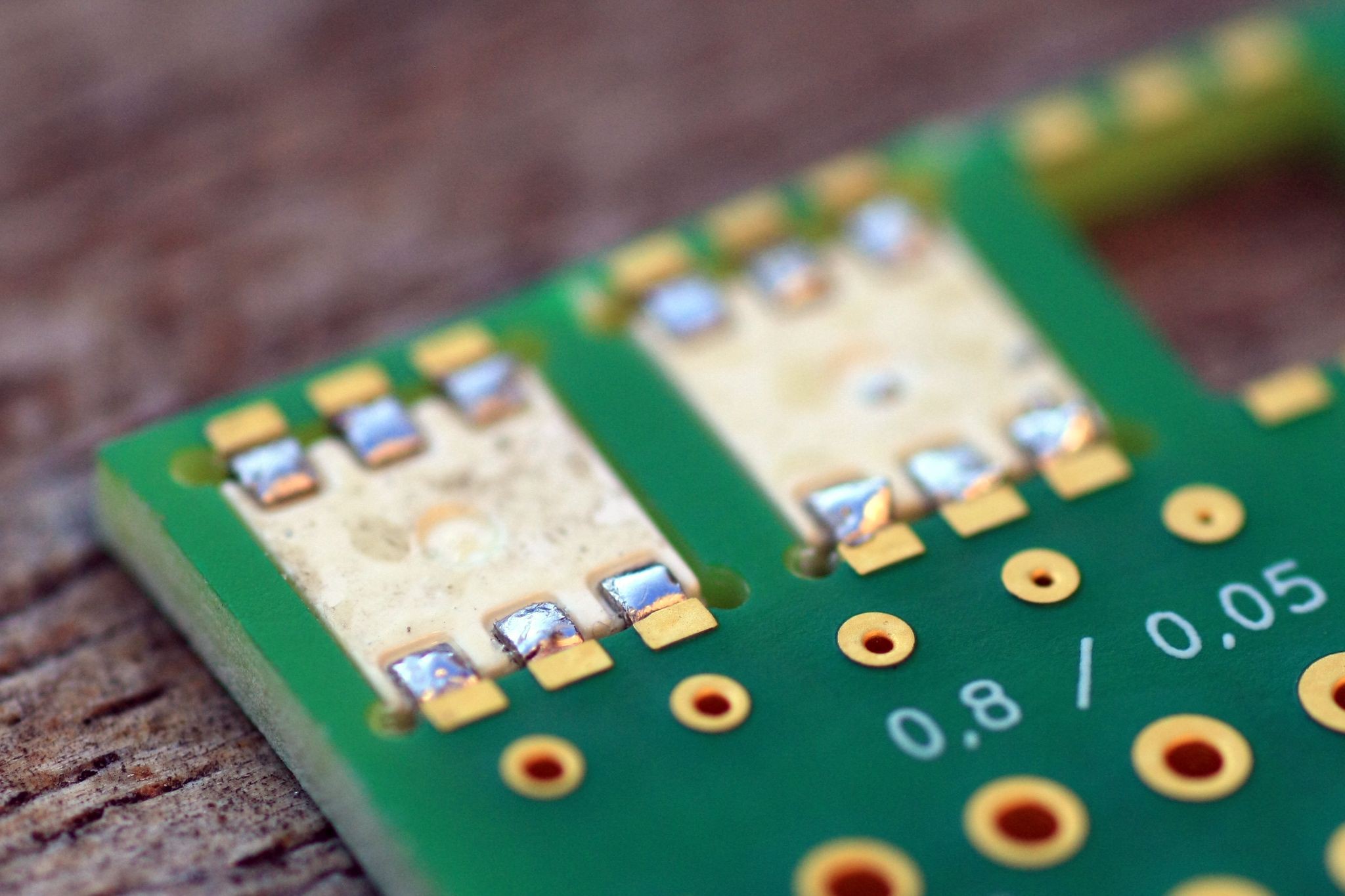
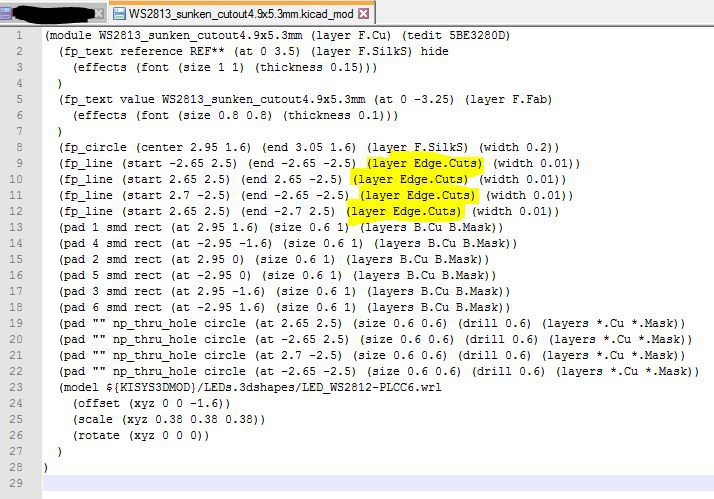
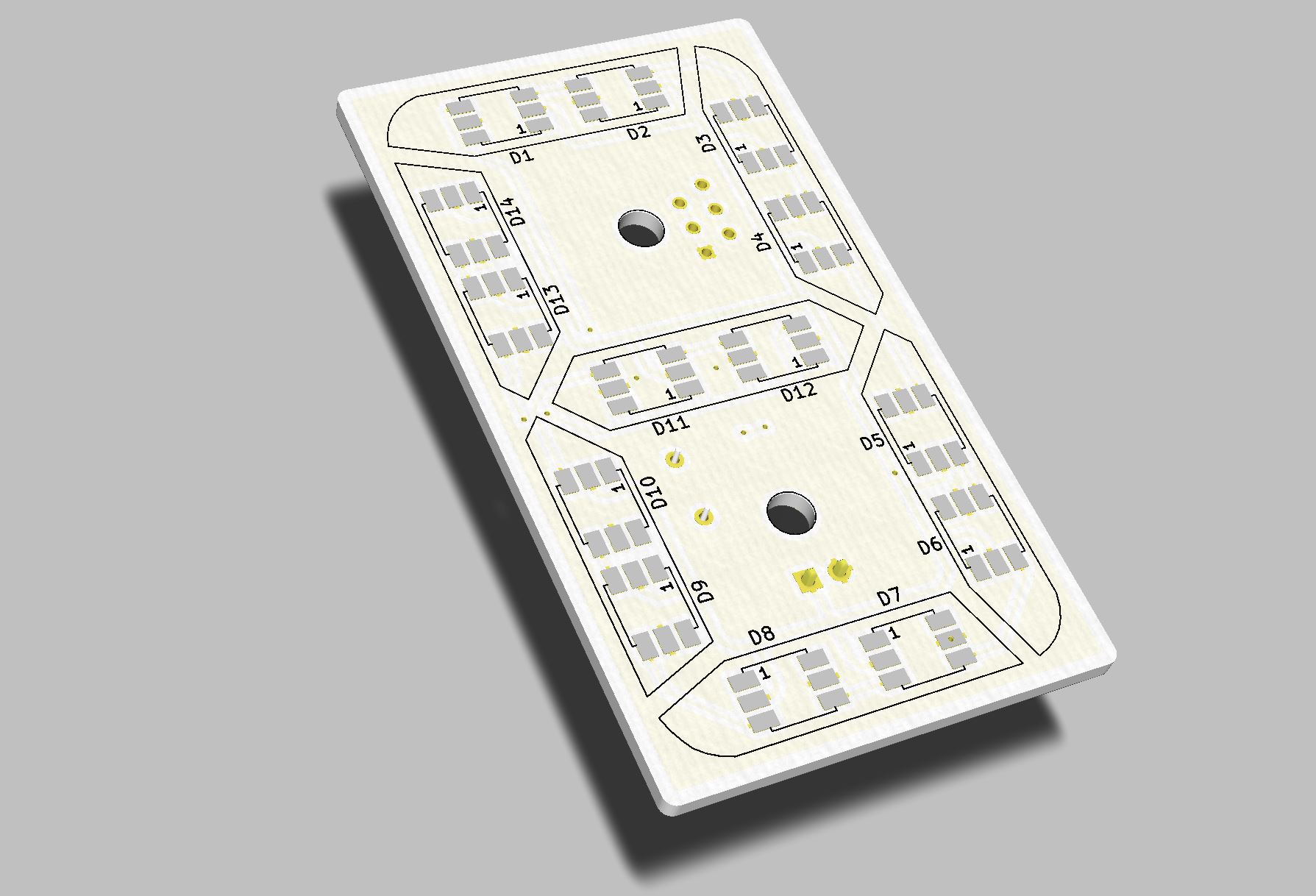



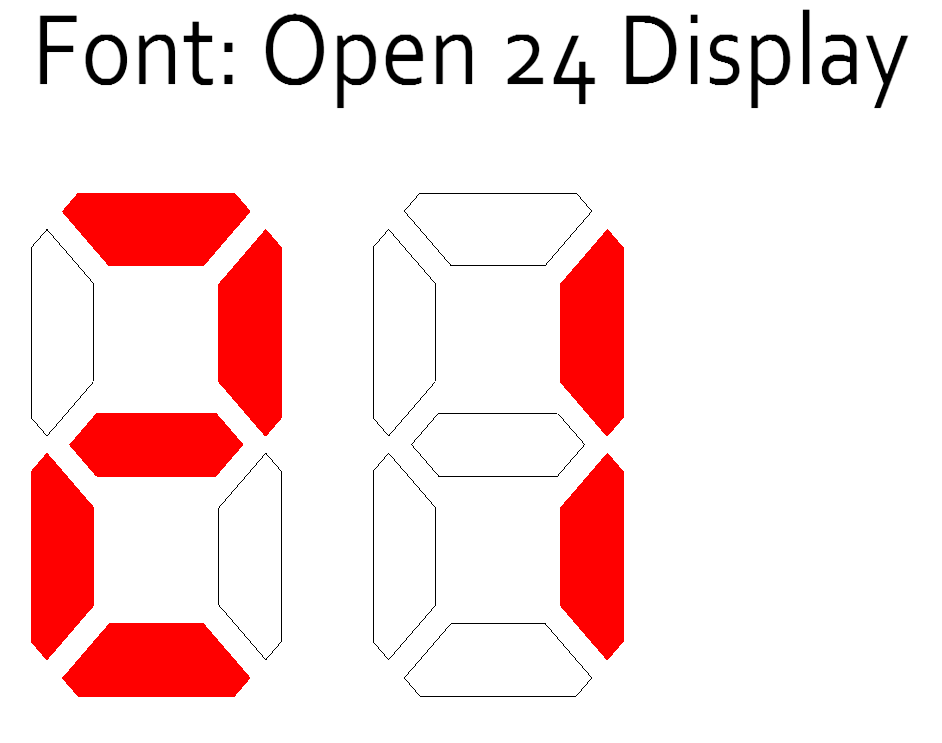






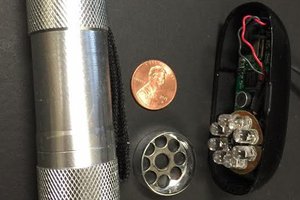
 R. Scott Coppersmith
R. Scott Coppersmith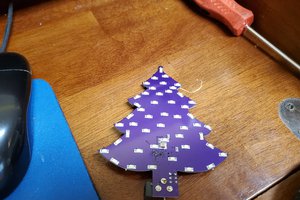
 Martin Held
Martin Held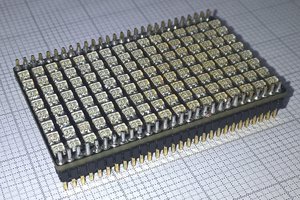
 Alex
Alex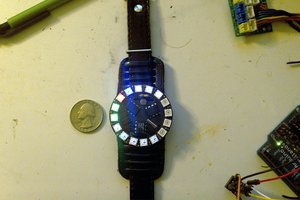
Gha, seems like you got to this project before I did!
I wanted to make a simple four-digit seven segment display countdown for New Years eve, but I'm making it a lot simpler than yours ^^'
Seems like you're putting a lot of thought into this, which is nice! The font certainly looks nice :D
What will the main controller be? I can highly recommend a ESP WROOM module. Easy to solder, cheap enough, and the ESP32 has a built-in digital signal generator that can control a good number of WS2812 LEDs from hardware.
It's also got WiFi and has the processing power for smooth animations~